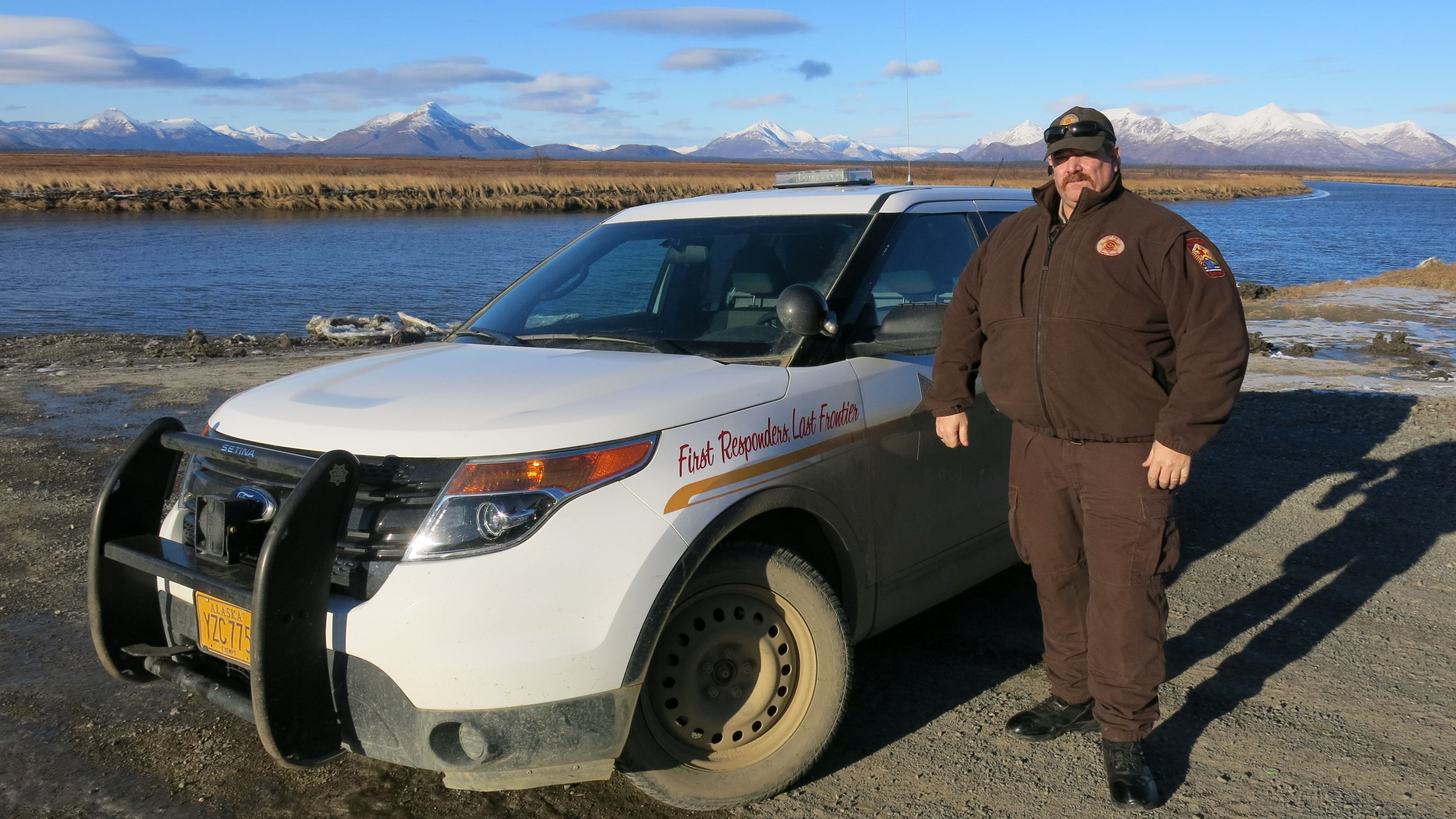
A state lawmaker, who is concerned that the Village Public Safety Officer program isn’t spending money efficiently, wants the program audited.
While lawmakers weigh whether to proceed, program supporters say it plays an important public safety role in villages.
Alaska state Rep. Dan Saddler said he wants more information on why many positions in the state-funded VPSO program are unfilled.
The Eagle River Republican also is concerned about the share of program spending that goes into indirect costs like housing for officers. That’s why he asked for a legislative audit.
“I thought it was important to get some better answers, to find out how we can find some efficiencies and savings, and make our public safety dollars go farther in rural Alaska,” Saddler said.
The VPSO program has seen a decrease in funding, along with the rest of state government in the last three years. The number of program officers has dropped from 92 in July 2014 to 53 this January.
Much of the drop has been from an inability or failure to fill vacant positions. Only two-thirds of the 78 budgeted VPSO positions are filled.
“We have heard information of some folks, who have taken the VPSO training at some cost to the state and declined to work as VPSOs and turned around and worked for private contractors or other employers,” Saddler said.
Since the program was started in 1979, VPSOs have worked for nonprofit Alaska Native organizations. They’re often the first responder to emergencies, and have increasingly focused on law enforcement.
Jason Wilson oversees the work of six VPSOs in Southeast Alaska as the public safety manager for the Central Council of Tlingit and Haida Indian Tribes of Alaska.
He said they play an essential role.
“They do a lot more than just law enforcement, but they’re highly needed in our communities,” Wilson said. “With the budget cuts to state troopers, troopers are going out to our smaller communities a lot less often, so it’s imperative we have our VPSOs in our communities.”
Wilson said the vacancies are primarily from a widespread decline in applications for law enforcement jobs.
“We used to have people kind of waiting for positions to become available, and over probably the last two or three years, it’s been extremely challenging,” Wilson said. “The view on law enforcement in general has changed, maybe not so favorable. And, you know, it’s not a job that people are looking to do.”
Alaska State Troopers’ VPSO program commander Capt. Andrew Merrill noted that VPSO training has increased from 10 to 15 weeks in recent years, to prepare officers to carry firearms.
This also increases trainees’ job opportunities, qualifying them for a wider range of jobs.
“VPSOs work hand-in-hand with troopers in the field,” Merrill said. “Having personal experience in the Fairbanks region and in the Bethel region as well as the Nome region working with VPSOs, those are an integral part of public safety throughout the state.”
Saddler is looking for an outside perspective on the program.
Saddler requested the audit through the Legislature’s Legislative Budget and Audit Committee.
The committee could decide whether to order an audit at its next meeting, which is expected to be in early November. But the audit could start as late as 18 months from now, because the audit staff has several other audits to complete first.
In addition to determining whether VPSO grants have been administered in a fiscally prudent manner, Saddler also is asking the auditors to evaluate the program’s effectiveness – and if VPSOs could be funded with federal grants.
“There is a real need for public safety in rural Alaska,” Saddler said. “We had decided on the VPSO model. And I think that, in a time of limited financial means, if we spend that money effectively, there’s no reason why we could not even use the same amount of money to get more safety results.”
state Rep. Scott Kawasaki said he’d like to address some of Saddler’s points before an audit is done. Kawasaki, a Fairbanks Democrat, chairs the House subcommittee that oversees the public safety budget.
“I think that a lot of the questions that Rep. Saddler asked are very important questions,” he said. “I think a lot of the questions are from an urban lawmaker that may not understand how it’s different in rural Alaska when it comes to the administration of justice.”
Kawasaki said the subcommittee will seek more information on the VPSO program ahead of the annual budget process in the spring.
